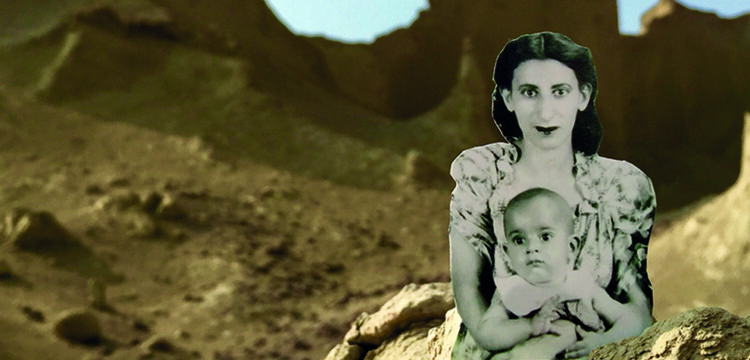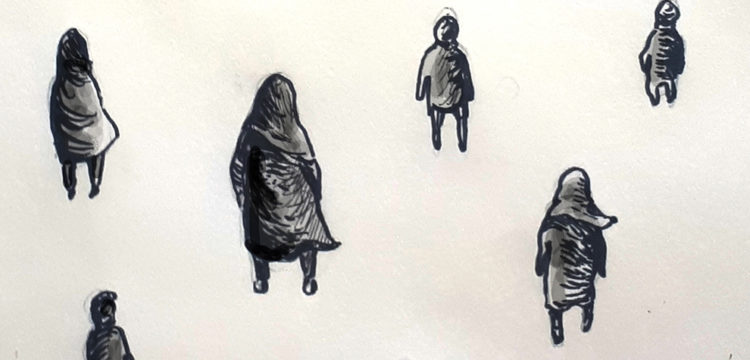A Voyage to Mount Qaf
Narration toward other scenarios
The exhibition Maps for a Voyage to Mount Qaf was held at Aria gallery in Tehran, in May 2022. It stemmed from a continuous dialogue between three Iranian friends who live between Tehran, London and Rome, artist, illustrator-author, puppet maker Golrokh Nafisi, performer, writer and lecturer Tara Fatehi and Art historian and curator Helia Hamedani. The exhibition also hosted a talk between the artists and Dr. Azedeh Sobut (Post-doctoral scholar on Art and peace at University of Manchester) and the collective SedaKhaneh (House of sound) of Ahmad Kadivar and Ahmad Jafari.
Once upon a time there was a giant mountain called Mount Qaf (in Arabic also said Qaf-Kuh and Jabal Qaf). It was surrounded by the earth and rooted in water, and it was made of green emerald, and it was so high that from its peak up to the sky it was as high as a man. In fact, as they say: “the blue of the sky is the reflection of Qaf in the water, otherwise the sky would be whiter than ivory.”
Mount Qaf is a name that is repeatedly mentioned in Persian mythological, folkloric and poetic tales and in Middle Eastern culture in general. In Farsi (فارسی) it is also a metaphor for a distant and ideal place. We also find Mount Qaf in Islamic texts, Arab literature and Sufism. In some texts it is the place of supernatural creatures (angels and demons) and in Islamic cosmology (Jabal Qaf in the version by Rupes Nigra, “Black Rock”) the path to Mount Qaf represents the pilgrim’s passage through spiritual states (that could also recall Dante’s mountain of Purgatory).
The exhibition Maps for a voyage to Mount Qaf was the result of a continuous dialogue, in which storytelling, the effort to imagine invisible maps, visualize imaginary journeys, indicate absent bodies, tell forgotten distorted or untold stories, and create temporary spaces in which people can meet are common in their artistic practice.
Curtain-shaped fabrics, letters, drawings, archives, photographs and videos, imaginary calendars and diaries somehow take the form of a practice similar to what happens on the thousand and one nights, where every day the narrator slows down the advent of the disaster and makes other possibilities imaginable by telling a story.
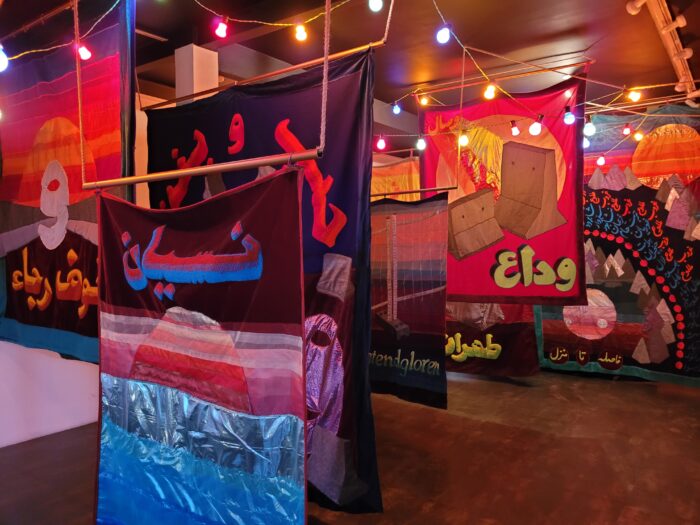
On the first floor, the work of Golrokh Nafisi includes stories and fragments of her project Continuous Cities, from her larger project Barzakh. In Islamic philosophy texts Barzakh is considered an intermediate space where everything is possible, so much so that opposite concepts can coexist in the same temporal space. The pieces of the Continuous Cities are presented in the form of curtains and flags which are hanging from the ceiling and unfold as travel diaries, collective calendars, and opposite words. Since 2017, these fabric collages have been conceived for various occasions, which they have been inhabiting as backdrops, as diverse as folk festivals or concerts such as the Nouruz Bal festival—the water and fire festival in Gilan (Northern Iran), and visual arts performances and exhibitions.
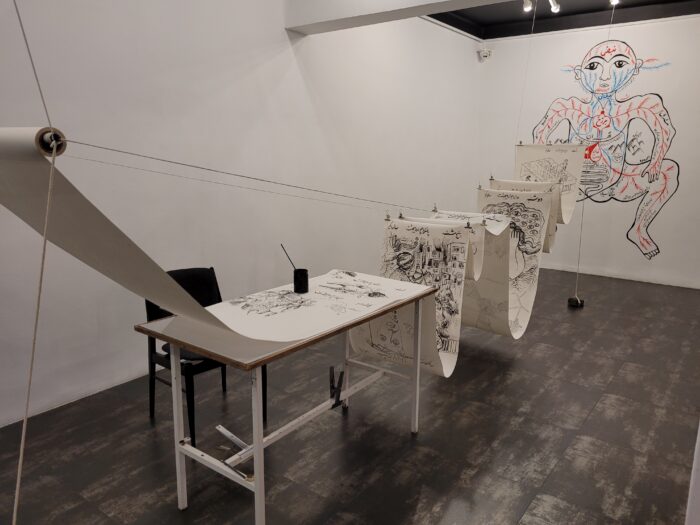
The large canvases are colorful paintings of images and words on soft, foldable and easily-transportable surfaces. Urban infrastructures such as the Jersey barrier and iron fences share the same space with sunsets and sunrises. In contrast to large abstract canvases—also referred to as male painting—they recall feminine tradition and through the simple act of sewing, connect geographies with stories lived or imagined by the artist. Following popular aesthetics, these curtains are diaries of senses that challenge our perception of identity and tradition. Although these shapes recall Iranian traditional festivals or religious ceremonies, they are not about nationalism or nostalgia for the past. Instead they try to imagine a new “International” as the artist states.
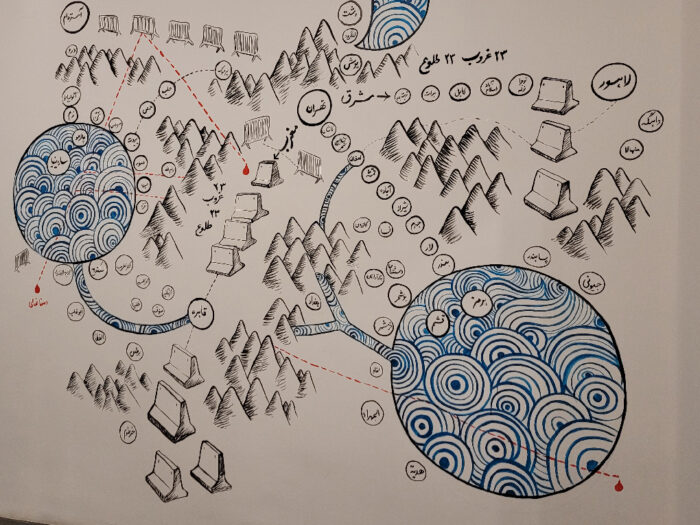
Two more maps are drawn on the wall as guides to navigate the space. The first is a geographic map with city names and key elements along the route. The second map is a human body, inspired by one of the first Persian human anatomy books, by Tashrih-i-Mansuri from the 14th century. Within the body’s anatomy words, folk poems along names of mountains and rivers are keeping up a record that functions like an emotional map. For the whole duration of the exhibition, bodies, words and stories shared by the audience are drawn on a long roll of paper.
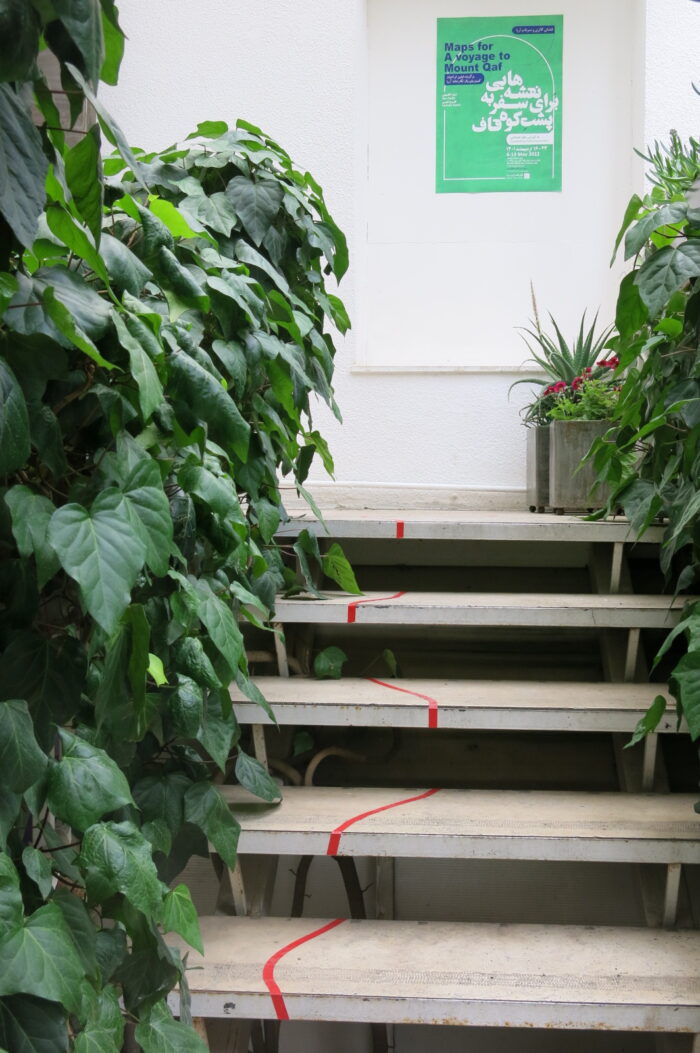
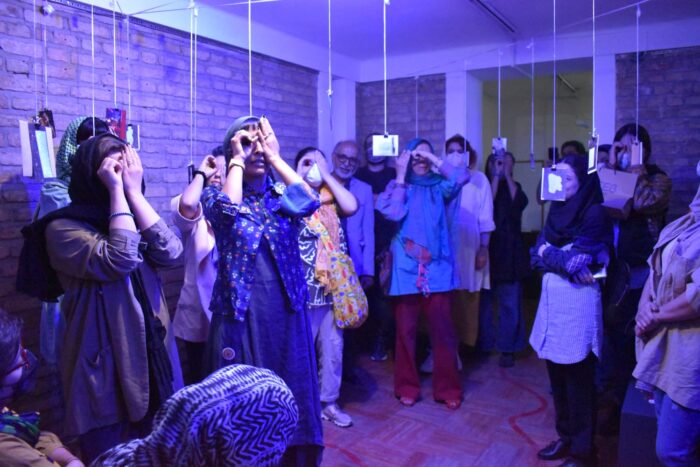
Downstairs, Tara Fatehi’s Mishandled Archive (2017–today) is the result of long durational work based on site-specific microperformances that challenge usual canons within historical reading and archives, staging and holding minor stories between reality and fiction.
The story of Mishandled Archive begins as such: for a year (in 2017), 365 days, every day the artist had put a fragment of a photo from the archive of his family’s personal images (and others) in public spaces she passed through. Before leaving the fragment she used to record the temperature and perform a dance on the spot. Then, on the back of the image, Tara described the choreography performed, temperature, date, photo number, a title and hashtag of the name of the project and then left the image there with a message for those who find it.
The archive that Tara Fatehi Irani creates is scattered around day after day, in order to activate other bodies and other stories. In a daily ritual, the artist shares methodologies of resistance through the repetition of continuous small actions. Through photographs, oral histories, choreography, detailed local information shared on social media, she creates a choral testimony that maps out nomadism.
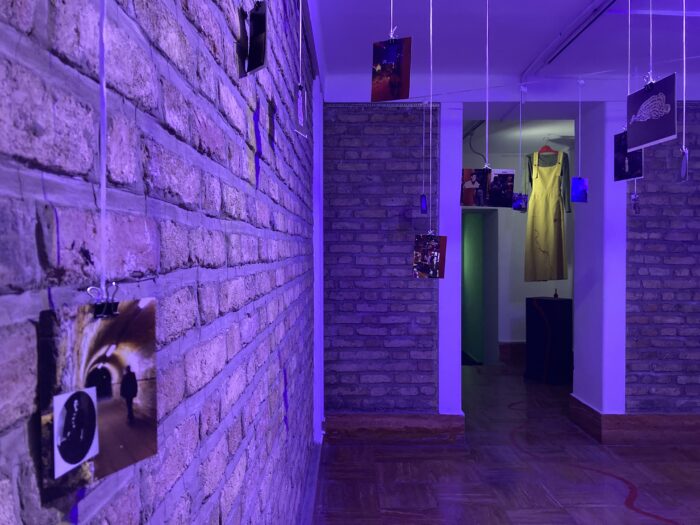
The work In observance (2021-present) challenges an institutional archive, namely the United Nations archive where the artist has spent three months for a residency, to mainly reflect on the Palestinian archives from 1920-1991, a time span that goes from the British mandate until the end of the Cold War.
In front of a desk, some archive boxes contain papers, small objects, a series of photos and a video projected on the wall, with a double montage of photos from the archive juxtaposed to Tara’s live performance inside the UN buildings, on the international day of solidarity with the Palestinian people. As she writes: “The 29th of November is the international day of Solidarity with the Palestinian People (…) In 2021, the United Nations office at Geneva was not holding any official events. So I decided to observe this day, with my presence, and my movement inside UNOG and broadcast this live on Instagram. My presence there was unpolished and unchoreographed. It was more about being, standing and moving and inviting people who would possibly never visit Palais des Nations to walk in there with me via the live broadcast and rejecting the thought that colonialism is a thing of the past.”
In this ongoing research, Tara proposes performative strategies, visual elements and humorous images so to observe and revise the history of violence, to free us from the frozen and institutionalized rhetoric of history, she challenges the visual and textual documentation with her physical presence. Here, her performance outfit is hanging from the ceiling.
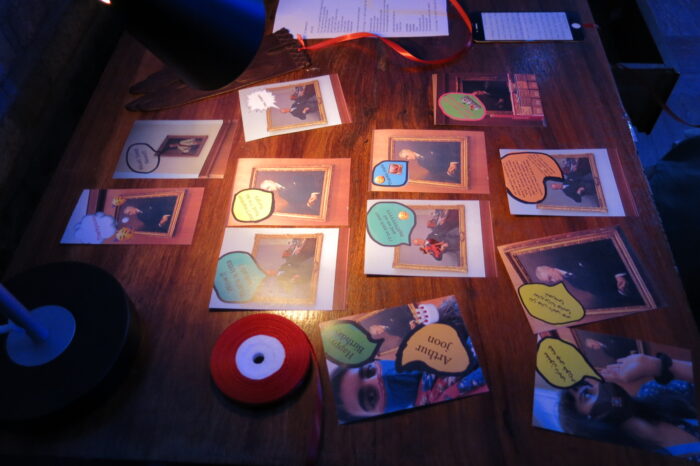
Following the red line on the floor, at the bottom of the basement tunnel we get to a sort of cistern/crypt where the video performance entitled A place to sit (2021) is shown. Here, too, the performer’s dress is present as a testimony of the action. In this piece, Tara Fatehi has conversations with three women from Afghanistan, who have been displaced by ongoing wars. One of them is sitting on a stool in the middle of an alley and tries to put red nail polish on her nails, her hands are shaking and slowly the red color comes out of the uncertain edges. “How do you write without a pen? Without a place to sit? Without paper? Without a moment to think?”—she asks. In this short poetic nonfiction a reflection on borders unfolds through small gestures and simple words, paying homage to the small joys of everyday life while witnessing the bitter and painful trauma of wars.


